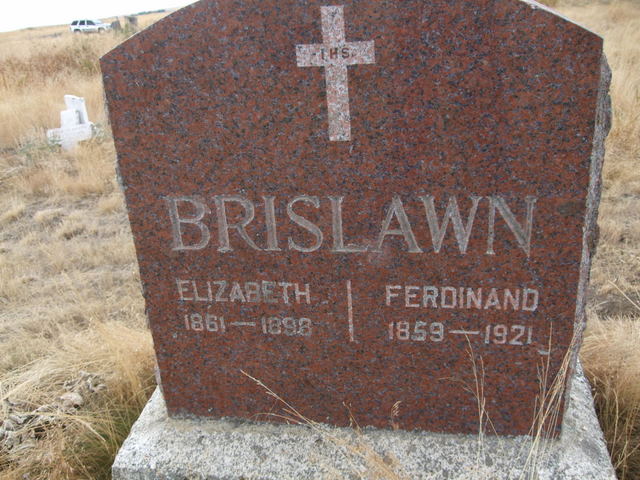
One of the first ordinances they passed prohibited the townspeople from letting their horses, mules and hogs roam the streets as the hogs wallowed in the mud on the streets and the animals were hard on the lawns and gardens. James Melton was named street commissioner at a salary of $2.00 a day. The council met for its first session Apand elected George Eagerty town treasurer. Trustees elected were Isaac Johnson, Andrew Pettie, John Osterlich, Vincent Keith and J.E.

On April 6, 1868, the first election of the incorporated town of Mechanicsville was held and a total of 147 votes were cast. Many of the wooden buildings have either burned or been torn down and new cement and brick buildings replaced them.

They were built on a 2 block area running east and west.
#CENTENNIAL CEMETERY MARY PAULINE WAGAMAN GRAVE PLUS#
There were several 2 story buildings made of brick and stone plus many one story wood buildings. Schools and churches continued to be built as more people joined the first settlers. Most cabins had fireplaces and were often built without lime. Most of these first cabins were built without any certain dimensions, without nails, screws, bars of iron of any description. Small homes were built and John Onstott built a one room school house. Stores began to be built as the village soon began to grow. Mechanicsville with a population at one time of around 1,200, but at present, 1974, it has a population of 1,010 people. Thus the village plot was made and as then made, it still remains.Īs the village was made up of hard working men, carpenters, masons, wheel wrights, John Onstott decided “Mechanics” and –ville would make a good name for the “village”, so thus it was named and still remains. The railroad then located its depot on the present site instead of on a point originally suggested in the original plan. Onstott at once surveyed the strip of land between his own village and the new site which consisted of about 20 acres, thereby extending the general plot so as to include 120 acres. In order to unite the 2 plots and secure the harmonious development of both, Mr. Dorwart completed an arrangement with the Northwestern Railroad shortly after the Iroquois land came into his possessions, whereby 40 acres of the tract were to be plotted as a village site, the railroad receiving for its compensation every alternate lot.

An unplotted parcel of about 40 rods in width lay between the village and the Dorwart purchase which was at that time termed the Iroquois tract and was owned by John Onstott. Comstock soon sold his rights in the land and moved away, leaving John Onstott sole owner of the village site.ĭuring the year 1857 David Dorwart became the owner of a tract of land situated east of the original village, but not immediately joining the eastward boundary of the same. This parcel of land when surveyed was about 60 acres. Comstock plotted the original village of Mechanicsville. Weaver then sold his interest to John Onstott who with Daniel A. Joseph Strattan in 1850 claims this ridge land but soon sold it to Geo. This settlement was called “Pioneer Grove.” The land running south was on a ridge and swampy, but further south was open prairie. One man built two cabins, one for his family and the other for a store and post office. Many log cabins were built through the woods. City of Mechanicsville | IOWA City of MechanicsvilleĪ group of early settlers came from Ohio, Pennsylvania and other eastern states in 1836 and settled along a stretch of timer and a stream of water about a mile and a half northwest of what is now Mechanicsville.


 0 kommentar(er)
0 kommentar(er)
